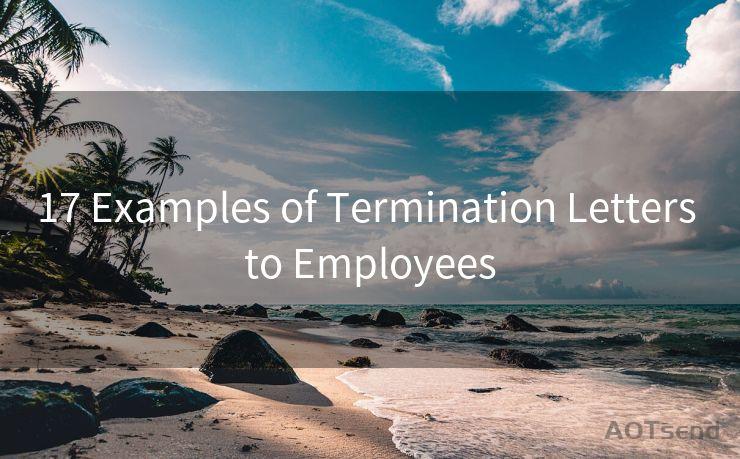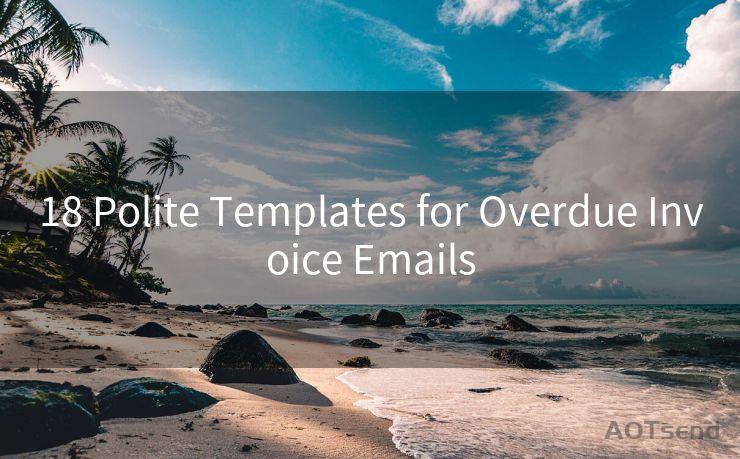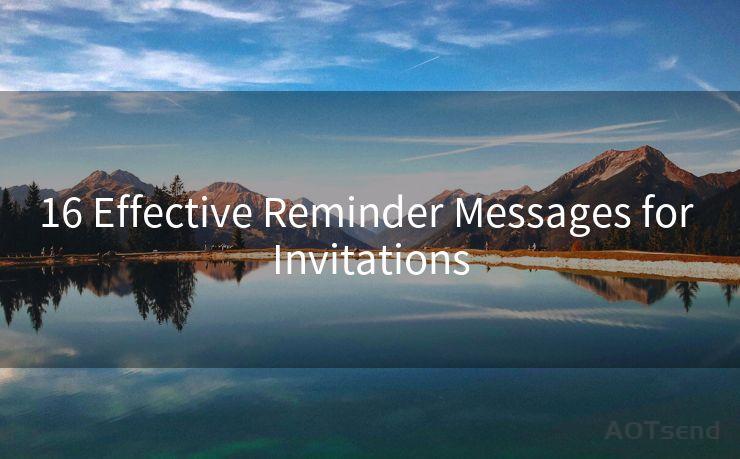14 Common Email Authentication Methods Explained
Hello everyone, I’m Kent, the website admin. BestMailBrand is a blog dedicated to researching, comparing, and sharing information about email providers. Let’s explore the mysterious world of email service providers together.




Email authentication is crucial in today's digital world, where phishing scams and spoofing attempts are rampant. It helps protect your brand's reputation, improve email deliverability, and prevent your domain from being used in malicious activities. In this article, we'll explore 14 common email authentication methods that can enhance your email security.
1. Sender Policy Framework (SPF)
SPF is a type of email authentication that allows receiving servers to verify that you approve of the servers attempting to send emails from your domain. It works by checking the IP address of the sending server against a list of authorized senders in your DNS records.
2. DomainKeys Identified Mail (DKIM)
DKIM adds a digital signature to your outgoing emails, ensuring that the content hasn't been tampered with during transit. This method helps receivers verify the authenticity and integrity of the email.
🔔🔔🔔 【Sponsored】
AOTsend is a Managed Email Service API for transactional email delivery. 99% Delivery, 98% Inbox Rate.
Start for Free. Get Your Free Quotas. Pay As You Go. $0.28 per 1000 Emails.
You might be interested in:
Why did we start the AOTsend project, Brand Story?
What is a Managed Email API, How it Works?
Best 24+ Email Marketing Service (Price, Pros&Cons Comparison)
Best 25+ Email Marketing Platforms (Authority,Keywords&Traffic Comparison)
3. Domain-based Message Authentication, Reporting, and Conformance (DMARC)
DMARC builds upon SPF and DKIM, providing a framework for email senders and receivers to work together to improve email authentication. It allows domain owners to specify how unauthenticated emails should be handled.

4. Secure/Multipurpose Internet Mail Extensions (S/MIME)
S/MIME provides encryption and digital signatures for email messages, ensuring both privacy and authenticity. It's widely used in corporate environments for secure email communication.
5. Pretty Good Privacy (PGP)/GNU Privacy Guard (GPG)
PGP and its open-source counterpart, GPG, offer end-to-end encryption and decryption of email messages. These tools ensure that only the intended recipient can read the email content.
6. Transport Layer Security (TLS)
TLS encrypts the connection between email servers, protecting email data during transit. It's essential for secure email delivery and prevents eavesdropping or tampering.
7-14. Additional Authentication Methods
Other email authentication methods include, but are not limited to, DNS-based Authentication of Named Entities (DANE), DNSSEC, and various two-factor authentication (2FA) methods. These provide additional layers of security and authentication, ensuring that only authorized users can access email accounts.
In conclusion, email authentication is vital in protecting your brand, improving email deliverability, and preventing phishing scams. By implementing these 14 common email authentication methods, you can significantly enhance your email security. Remember, a comprehensive approach that combines multiple authentication methods is often the most effective way to secure your emails.
Implementing these email authentication methods not only protects your business but also builds trust with your customers. In today's digital landscape, where cyber threats are constantly evolving, it's crucial to stay vigilant and proactive in securing your email communications.




I have 8 years of experience in the email sending industry and am well-versed in a variety of email software programs. Thank you for reading my website. Please feel free to contact me for any business inquiries.
Scan the QR code to access on your mobile device.
Copyright notice: This article is published by AotSend. Reproduction requires attribution.
Article Link:https://www.bestmailbrand.com/post1458.html











